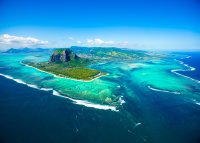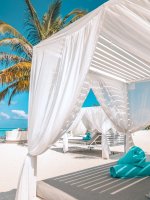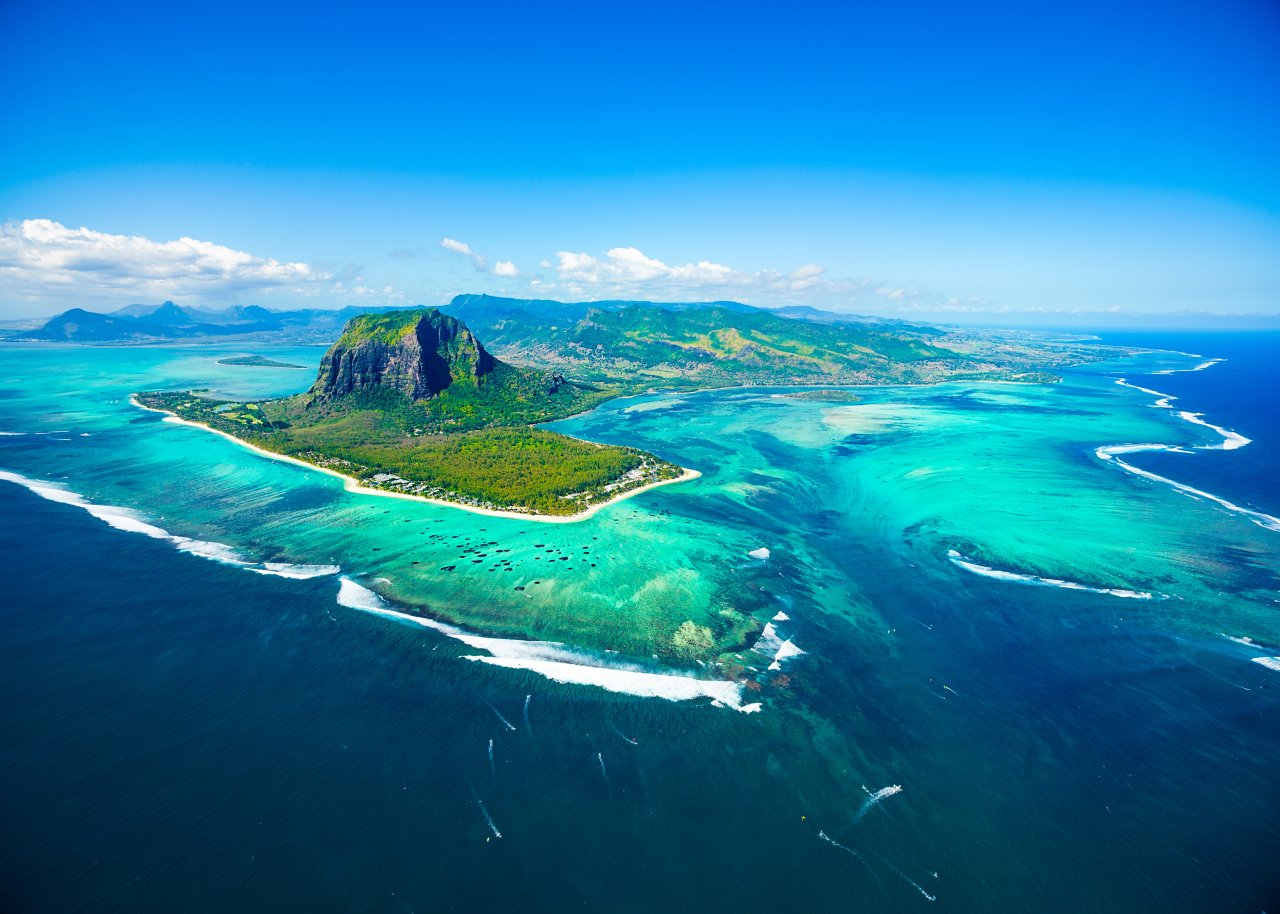Vieux Grand Port was named Warwyck Bay in 1598 by the Dutch, who made two attempts to establish a colony here before they left in 1710. The French named the bay Port Bourbon and planned to have the headquarters of the French East India Company there, although after a feasibility study they chose Port Louis instead.
Port Bourbon then became Port Sud-est and slipped into decline. Governor Decaen visited the harbour in 1804 and sensed its vulnerability. He abandoned the manning of the old Dutch posts and built a new town on the opposite side of the bay. Mahébourg, after Mahé de Labourdonnais, was his original name for this new town but he soon changed it for reasons of diplomacy to Port Imperial. He renamed Port Louis at the same time, as Port Napoleon.
When the British tried to take Grand Port in August 1810 they were soundly beaten. Both sides used subterfuge but the French were more successful. They managed to move the buoys marking the passage through the reef, causing British vessels to run aground. The victory of the French is recorded at the Arc de Triomphe in Paris. Four months later, however, the island capitulated and Port Imperial became Mahébourg again.
The crouching lion of Lion Mountain (480m) guards the bay around Vieux Grand Port, the site of the first Dutch settlement. Some of the oldest buildings in Mauritius, with foundations dating back to the 17th century, are to be found in this town. The ruins of the Dutch Fort Frederick Hendrik are located in a park at the northern end of the town. The park also contains the Frederick Hendrik Museum, which tells the story of the Dutch on the island (see What to see in Southern Mauritius, page 159).
About 3km from Vieux Grand Port, on the coastal side of the road at Ferney, is an obelisk, erected on 20 September 1948, to commemorate the landing of the Dutch 350 years before to the day. Bodies of the Dutch settlers are buried at the foot of Lion Mountain.
Mahébourg (pronounced My bore) is the main town in the south of the island, a laid-back fishing community of some 20,000. Its development suffered through the malaria epidemic in 1866 which drove coastal town-dwellers to the hills.
However, Mahébourg has prospered since it was described in a 1973 guide as ‘a down-at-heel town lined with small shops where friendliness of service has to substitute for sophistication of goods’. Rue Shivananda has acquired a rather smart promenade (Esplanade Sir Charles Gaetan Duval), which, provided it’s one of Mahébourg’s rare non-windy days, is a good spot from which to watch the fishermen.
The market is between Rue de la Colonie and Rue des Hollandais, at the northern end of town (see What to do in Southern Mauritius, page 157). The police station, banks and petrol station are on Rue des Créoles, which is a continuation of Royal Road.
The National History Museum (formerly the Mahébourg Naval and Historical Museum) lies about 1km south of Mahébourg on the main road (see What to see in Southern Mauritius, page 159). About 1km north of Mahébourg is the Rault Biscuit Factory, which has been producing manioc biscuits since 1870. The short guided tour is fascinating (see What to see in Southern Mauritius, page 000).
On a headland at the northern end of Rue Shivananda is Pointe des Régates, where there is a memorial to the French and English killed ‘during the engagement off Ile de la Passe 20–28 August 1810’. This was erected in 1899 and lists the names of the vessels that took part.
Further north, at Pointe Canon is a memorial to slavery, a column crowned with a stone disk showing fists breaking the shackles that bound them.
To the south of Mahébourg lies Ile aux Aigrettes, an island nature reserve managed by the Mauritian Wildlife Foundation. Many of the plants found there grow nowhere else and there is a good chance of seeing pink pigeons, one of the rarest birds in the world (see also pages 19 and 158).
Blue Bay, to the south of Mahébourg, offers a good beach, fabulous turquoise lagoon and a range of accommodation. An area off the coast was declared a protected marine park in 1997, the water is clear and the snorkelling excellent. Just off the coast, opposite the Shandrani Hotel, is Ile aux Deux Cocos, which is run by Lux Resorts but can be visited
The only disadvantage to the hotels here is that they can suffer from aircraft noise. The Sir Seewoosagur Ramgoolam International Airport lies just inland, at Plaisance















